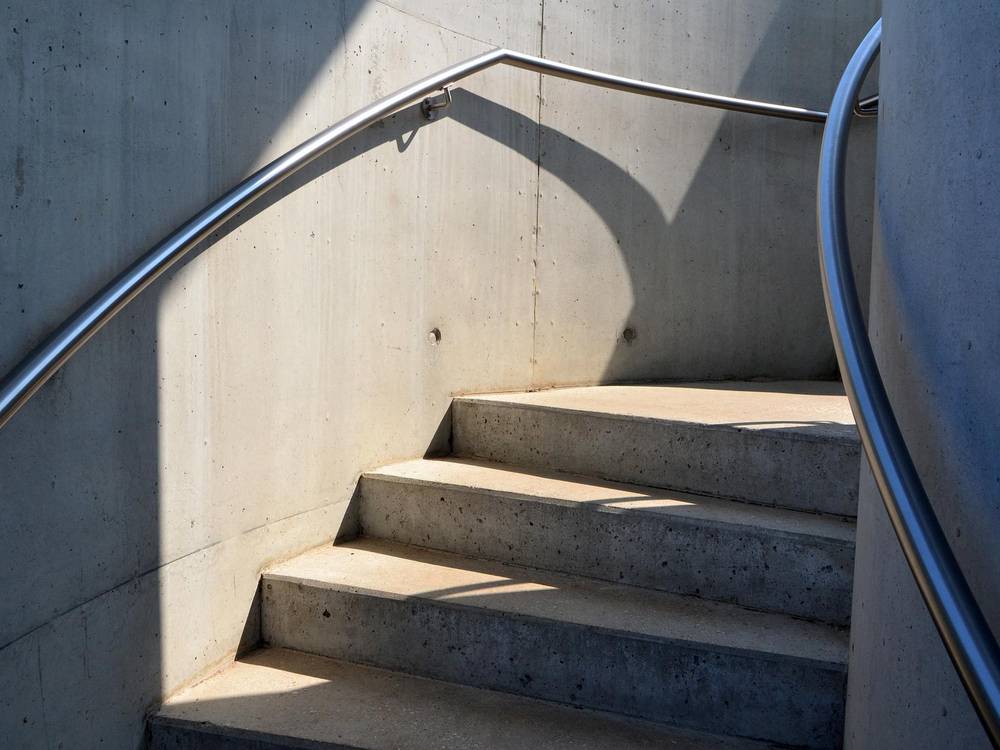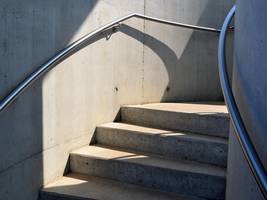The Human Rights Ombudsman presented the findings from the Ombudsman's Special Report on the Accessibility of Centres for Social Work for Persons with Movement and Sensory Impairments at the National Assembly of the Republic of Slovenia, with the working body responsible of the Commission for Petitions, Human Rights and Equal Opportunities. The Ombudsman decided to prepare a special report on the basis of anonymous reports by users of centres for social work. This is the first special report prepared during the mandate of Ombudsman Svetina. “I am convinced that with this report, we can offer those responsible in the country, who are obliged to ensure improvements, sufficiently exhaustive solutions for urgent action. Enabling physical access to facilities in public use, access to information and communications for persons with mobility and sensory impairments is an important element for ensuring equal opportunities for people with disabilities. Unfortunately, persons with disabilities still too often find themselves faced with many obstacles in public institutions,” Ombudsman Svetina highlighted at the National Assembly.
The Ombudsman checked the accessibility of CSWs for persons with movement and sensory impairments in all 16 regional centres for social work, or in total of 63 units of CSWs across Slovenia. In 2021, he first began to inquire about accessibility for persons with movement impairments, and in January 2022, he also inquired the same addressees about selected accessibility aspects for persons with sensory impairments. He found that the situation is not optimal, and in some cases, it is even critical. “CSWs are obliged to provide various forms of assistance to anyone who finds themselves in a life crisis and needs professional help, so it is all the more important that they are accessible to everyone. With the situation we are witnessing, we are pushing persons with disabilities and persons with movement and sensory impairments, who are even more vulnerable because of their disability, to the edge of society, which is unacceptable! And this after almost 15 years since the entry into force of the Convention on the Rights of Persons with Disabilities and more than a decade after the entry into force of the Equalisation of Opportunities for Persons with Disabilities Act, which prescribes the elimination of architectural barriers by 2025. So, we only have two more years to eliminate barriers,” critically assessed Svetina.
He also said that based on the first inquiries by the Ombudsman, some centres immediately eliminated the deficiencies related to accessibility, which confirms that sometimes only a minor engagement of their directors is enough for significant changes in the conditions of centres, but on the other hand, the question arises as to why they had to be reminded about this in the first place and why they have no sense of it themselves. So, the reasons for an unacceptable situation are not always the result of the actions of others in the system. Ombudsman Peter Svetina also emphasised that “the Ombudsman in no way agrees with the statements of individual representatives of centres for social work that the premises where they operate are rented and that everything depends on the goodwill of the owners as to whether accessibility should be arranged. Last but not least, the competent ministry gives its consent to the rental of premises, and apparently even those who are competent are not sufficiently aware of legal obligations. I expect the state to provide adequate infrastructure as soon as possible, which will enable equal treatment for all persons, or their social inclusion. This is definitely the task of the Government of the Republic of Slovenia and the ministries that implement the goals of the national action programme for persons with disabilities in their areas of work.”

